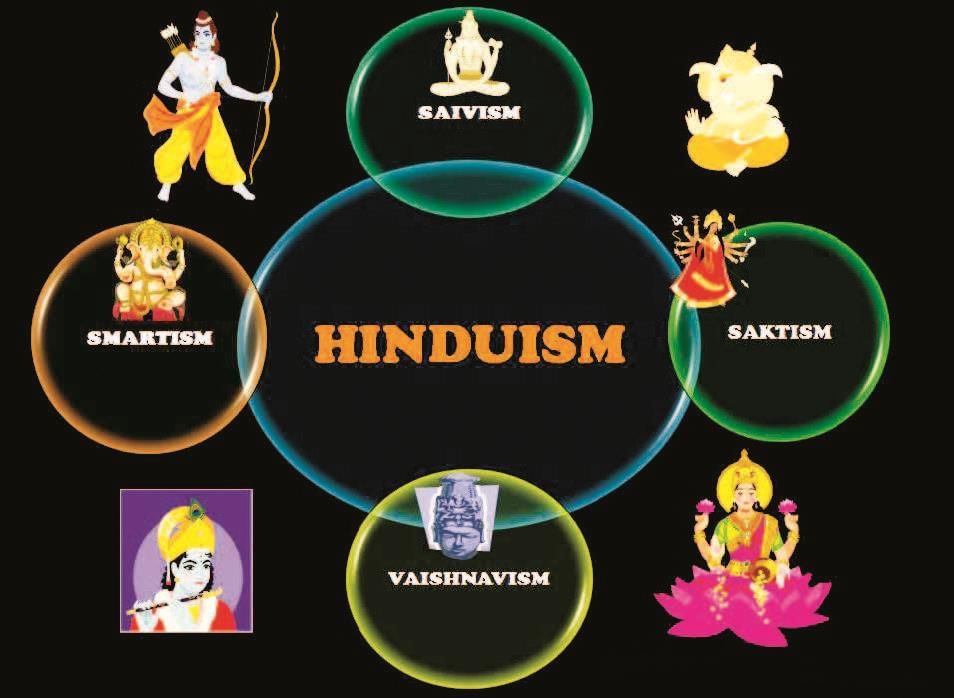Nitin Singhania Summary: Religion in India- 1 | History for UPSC CSE PDF Download
Introduction
The Indian sub-continent boasts a diverse range of religions that play a significant role in shaping the morality and ethics of their followers. Various communities coexist, contributing to the rich tapestry of religions. Swami Vivekananda, in his address at the World Parliament of Religions in Chicago in September 1893, eloquently expressed this diversity:
“I am proud to belong to a religion which has taught the world tolerance and universal acceptance. We believe not only in universal toleration, but we accept all religions as true.”
The spiritual essence of each religion finds expression in sacred texts and physical spaces where people gather for prayer. Religion, a powerful tool in the hands of influential individuals, can be wielded to either foster or fracture communal ties. In the history of India, there have been more years marked by religious peace than instances of communal tension.
Constitutional Position of Religion in India
The Constitution of India guarantees freedom of conscience and the right of all individuals to freely profess, practice, and propagate religion. It establishes India as a secular state, mandating that the government remains neutral in matters of religion. The constitution requires the state to treat all religions impartially and strictly prohibits any form of discrimination based on religion.
The major religions presently practiced in India are as follows:

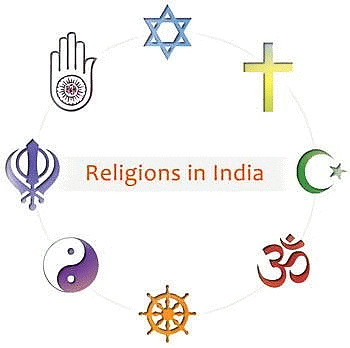
Hinduism
Hinduism is one of the largest religions in India, encompassing various cults and sects within its framework. The term 'Hinduism' is derived from ‘Hindu,’ referring to people living in the geographical area around the River Indus. At its core, Hinduism draws its fundamental principles from pre-Vedic and Vedic religious philosophies.
Purushartha is a key concept in Hinduism, representing the four ultimate goals of human life. The four purushartha, arranged in order of priority from lowest to highest, are:
- Artha: Prosperity and economic values
- Kama: Sensual pleasures
- Dharma: Righteousness and morality
- Moksha: Liberation from the cycle of birth and death through spiritual realization
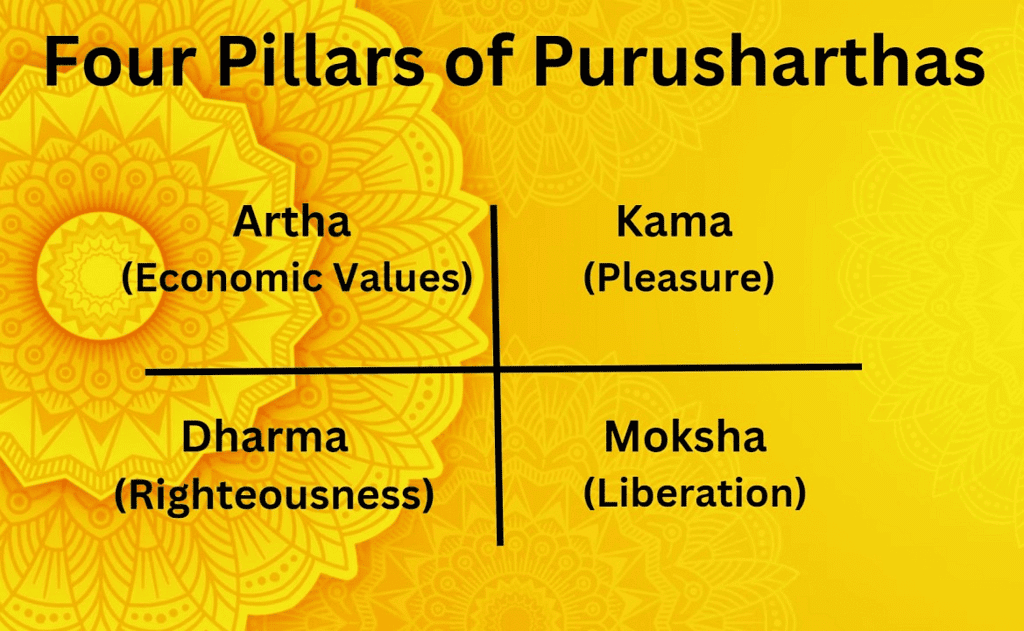
These goals are considered necessary for a happy and fulfilling life. Hindu philosophy emphasizes the precedence of dharma over artha and kama, with moksha being viewed as the ultimate aim of human life, representing spiritual liberation from the cycle of existence.
According to Hindu traditions, life is divided into four stages: brahmachari (celibate student), grihastha (householder), vanaprastha (hermit), and sannyasi (ascetic). After the householder stage, individuals move towards the pursuit of moksha or salvation.
Hinduism acknowledges the contribution of various factors, including forces of nature, environment, and other beings, for their support in one’s life. To express gratitude and create awareness of duties and responsibilities, the concept of debts (rinas) was formulated by ancient thinkers. Major debts include deva rina (towards Gods and Divine forces), rishi rina (debt owed to past and present sages and teachers), and pitrarina (debt owed to one’s ancestors).
Four Sects under Hinduism
- Vaishnavism: Followers consider Vishnu as the Supreme Lord. The tradition, also known as Krishnaism, has traceable roots to the 1st millennium BC. Vaishnavism comprises many sampradayas or sub-schools.
- Shaivism: It considers Shiva as the Supreme Lord. Shaivism traces its origin before Vaishnavism, dating back to the 2nd millennium BC in the form of the Vedic deity Rudra.
- Shaktism: It considers feminine power and the Devi or goddess as supreme. Shaktism is known for its various sub-traditions of Tantra.
- Smartism: Based on the teachings of the Puranas, Smartism followers believe in the domestic worship of five shrines with five deities, all treated as equal: Shiva, Shakti, Ganesh, Vishnu, and Surya. Smartism accepts two concepts of Brahman, namely Saguna Brahman (Brahman with attributes) and Nirguna Brahman (Brahman without attributes).
Under these four major traditions, there are various sub-sects or Sampradayas.
Prominent Sub-sects under Vaishnavism
- Varkari Panth or Varkari Sampradaya: The followers in this community are devotees of Lord Vishnu, particularly in his manifestation as Vithoba. Worship is centered around the Vithoba Temple at Pandharpur in Maharashtra. The sect strictly abstains from alcohol and tobacco.
- Ramanandi Sampradaya: Followers adhere to the teachings of the Advaita scholar Ramananda. This is the largest monastic group within Hinduism, known as Ramanandis, Vairagis, or Bairagis. They worship Rama, one of the ten incarnations of Vishnu.
- Brahma Sampradaya: Associated with Lord Vishnu, the Para-Brahma or Universal Creator. Founded by Madhvacharya, it is based on the Dvaita Vedanta philosophy. Gaudiya Vaishnavism, promoted by Chaitanya Mahaprabhu, is associated with this sect. ISKCON belongs to this sampradaya.

- Pushtimarg Sampradaya: A Vaishnav sect founded by Vallabhacharya around 1500 AD. Its philosophy is based on pure love for Lord Krishna, considering the ultimate truth as one and only one Brahm.
- Nimbarka Sampradaya: Also known as the Hamsa Sampradaya, Kumara Sampradaya, or Sanakadi Sampradaya. Followers worship Radha and Krishna deities. Founded by Nimbarka, it is based on the Vaishnava Bhedabheda theology of Dvaitadvaita philosophy.
Prominent Sub-sects under Shaivism
- Nath Panthi: Also known as Siddha Siddhanta. Followers adhere to the teachings of Gorakhnath and Matsyendranath, worshiping Adinath, a form of Shiva. They use Hatha Yoga techniques to transform the body and achieve a state of awakened self-identity with absolute reality. Monks are wandering ascetics who wear loin cloths, dhotis, smear themselves with ashes, wear dreadlocks, and keep a sacred fire called dhuni.
- Lingayatism: Also known as Veershaivism, it is a distinct Shaivite tradition that believes in monotheism through worship centered on Lord Shiva in the form of linga. It rejects the authority of the Vedas and the caste system. Established in the 12th century AD by Basava, a Kannada poet.
- Dashanami Sanyasis: Associated with the Advaita Vedanta tradition, disciples of Adi Shankaracharya. Called 'Dash Nam Sanyasi' as they are further divided into 10 groups.
- Aghoris: Devotees of Shiva manifested as Bhairava. Monists seeking salvation from the cycle of reincarnation through sadhana in cremation grounds. They remove bonds from their lives and indulge in extreme tamasic ritual practices. The only surviving sect derived from the Kapalika tradition, a Tantric, non-Puranic form of Shaivism.
- Siddhars or Siddhas: Saints, doctors, alchemists, and mystics from Tamil Nadu. Attain spiritual perfection through secret rasayanas to perfect their bodies. Believed to have eight special powers and founders of Varmam, a martial art and medical treatment.
Other Prominent Hindu Movements/Schools related to Vaishnavism/Shaivism
- Pancharatra: A Hindu religious movement systematized by Shandilya, originating in the late 3rd century BC. Members worshiped Narayana and various avatars of Vishnu. It later merged with the Bhagavata tradition, leading to the development of Vaishnavism.
- Tantrism: A movement within Hinduism and Buddhism emphasizing magic rituals and mysticism. Developed in India from the 1st millennium AD. Vajrayana traditions of Buddhism include tantric ideas and practices, and Tantrism influenced Brahmanas and Jainism significantly.
- Pashupata Shaivism: The oldest major Shaivite school, with its philosophy systematized by Nakulisa in the 2nd century AD. Main texts include Pasupatasutra and Ganakarika. It was a devotional (bhakti) and ascetic movement.
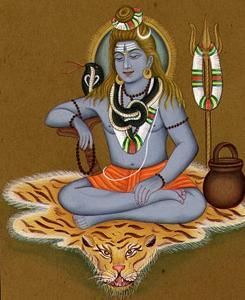
- Kashmiri Shaivism (or Traika Shaivism): Developed in Kashmir after the 8th century AD, flourishing across India. Vasugupta wrote Shiva Sutras and its commentary Spanda Karikas, important texts of Kashmiri Shaivism. Pratyabhijna is the monistic and theistic school of philosophy originating in Kashmiri Shaivism.
Other Hindu Traditions
Shrautism
This uncommon group includes the highly traditional Nambudiri Brahmins of Kerala. They adhere to the 'Purva-Mimamsa' philosophy, distinct from the Vedanta followed by other Brahmins. Their emphasis lies on performing Vedic rituals (yajna). Nambudiri Brahmins are renowned for preserving ancient Somayaga and Agnicayana ceremonies, which have faded in other parts of India.
Medieval Period
In medieval times, Hinduism underwent a transformation through the Bhakti movement in North India. During this period, numerous saints translated Sanskrit texts into vernacular languages and spread the message of Bhakti or devotion to the Gods among the masses.
North India - Bhakti Movement
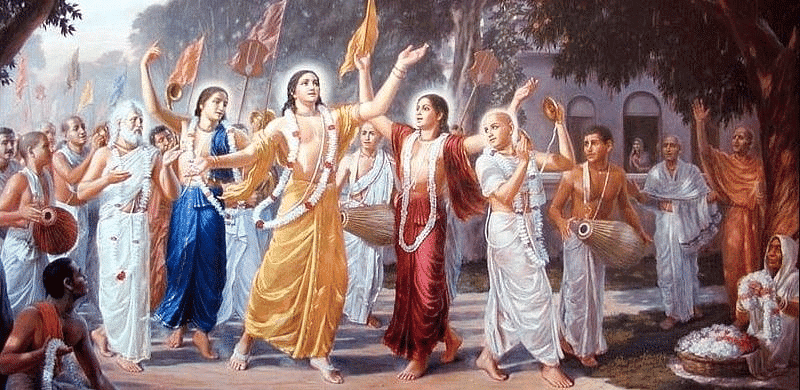
In North India, the Vaishnavite movement held strong sway until the late 13th century. The saints of this movement, known as Alvars, were devoted to Vishnu. They composed songs that were collected into prabandhas, and the hymns of the Alvars were compiled into the Divya Prabandha. Among the 12 Tamil saint poets called Alvars, Andal stood out as a female saint poet. Another influential group in the South were the Shaivites, worshipers of Shiva, whose saints, the Nayanars, numbered 63. Nambiyandar Nambi, a priest of Raja Raja Chola I, compiled the Nayanars' hymns into volumes known as the Tirumurai.
Modern Period
In the modern era, a need arose to address the highly ritualistic nature of Hinduism and address issues like Brahmin dominance, regressive practices such as sati and child marriage, and caste-based discrimination. With the advent of British influence and Western ideals of equality, various thinkers initiated movements to combat these social evils. Notable institutions in this effort included the Brahma Samaj, Arya Samaj, and the Ramakrishna Movement founded by Swami Vivekananda.
Shramana Schools
The term "Shramana" denotes individuals engaged in acts of austerity and asceticism for noble or religious purposes. It encompasses various Indian religious movements running parallel to Vedic traditions. The Shramana schools include:
- Jainism: Explored in Chapter 19.
- Buddhism: Covered in Chapter 19.
- Ajivika
- Ajnana
- Charvaka: Discussed in Chapter 21.
All the aforementioned schools are part of the Nastika or heterodox school of philosophy.
Ajivika School
Founded by Makkhali Gosala in the 5th century BC, this school centers around the Niyati (fate) doctrine of absolute determinism. It asserts that free will is nonexistent, and everything, past, present, or future, is entirely pre-ordained based on cosmic principles, rendering karma irrelevant.
- The school is rooted in the theory of atoms, where all things are composed of atoms, and qualities emerge from predetermined aggregates of atoms.
- The Ajivikas embraced a simple ascetic lifestyle, devoid of clothing and material possessions.
- They held atheistic views and opposed Buddhism and Jainism.
- Unlike Jainism and Buddhism, the Ajivikas rejected the concept of karma, considering it a fallacy.
- Similar to Buddhists and Jains, they dismissed the authority of the Vedas.
- However, the Ajivikas believed in the existence of a soul (atman) in every living being, resembling the Jains. They believed in a material form of soul, while Jainism advocates a formless soul.
- Bindusara (4th century BC) was a follower of this school.
- Savatthi (Shravasti) in Uttar Pradesh is recognized as the center of Ajivika.
- Ashoka's seventh pillar edicts make mention of the Ajivikas.
- Currently, the texts of the Ajivika sect are nonexistent, and the sect has lost its prominence in the present era.
Ajnana Sect
The Ajnana sect embraced radical skepticism, asserting that obtaining knowledge about nature is impossible. Even if achievable, such knowledge is deemed futile for achieving salvation.
- The school emerged as a significant rival to Jainism and Buddhism.
- Specializing in refutation, its followers were perceived as ignorant.
- They held the belief that 'Ignorance is Best.'
|
109 videos|652 docs|168 tests
|
FAQs on Nitin Singhania Summary: Religion in India- 1 - History for UPSC CSE
| 1. What is the constitutional position of religion in India? |  |
| 2. What does it mean for India to be a secular country? |  |
| 3. What is the significance of the right to freedom of religion in India? |  |
| 4. How does the Indian Constitution ensure equality and non-discrimination on the grounds of religion? |  |
| 5. What are the limitations on the right to freedom of religion in India? |  |

